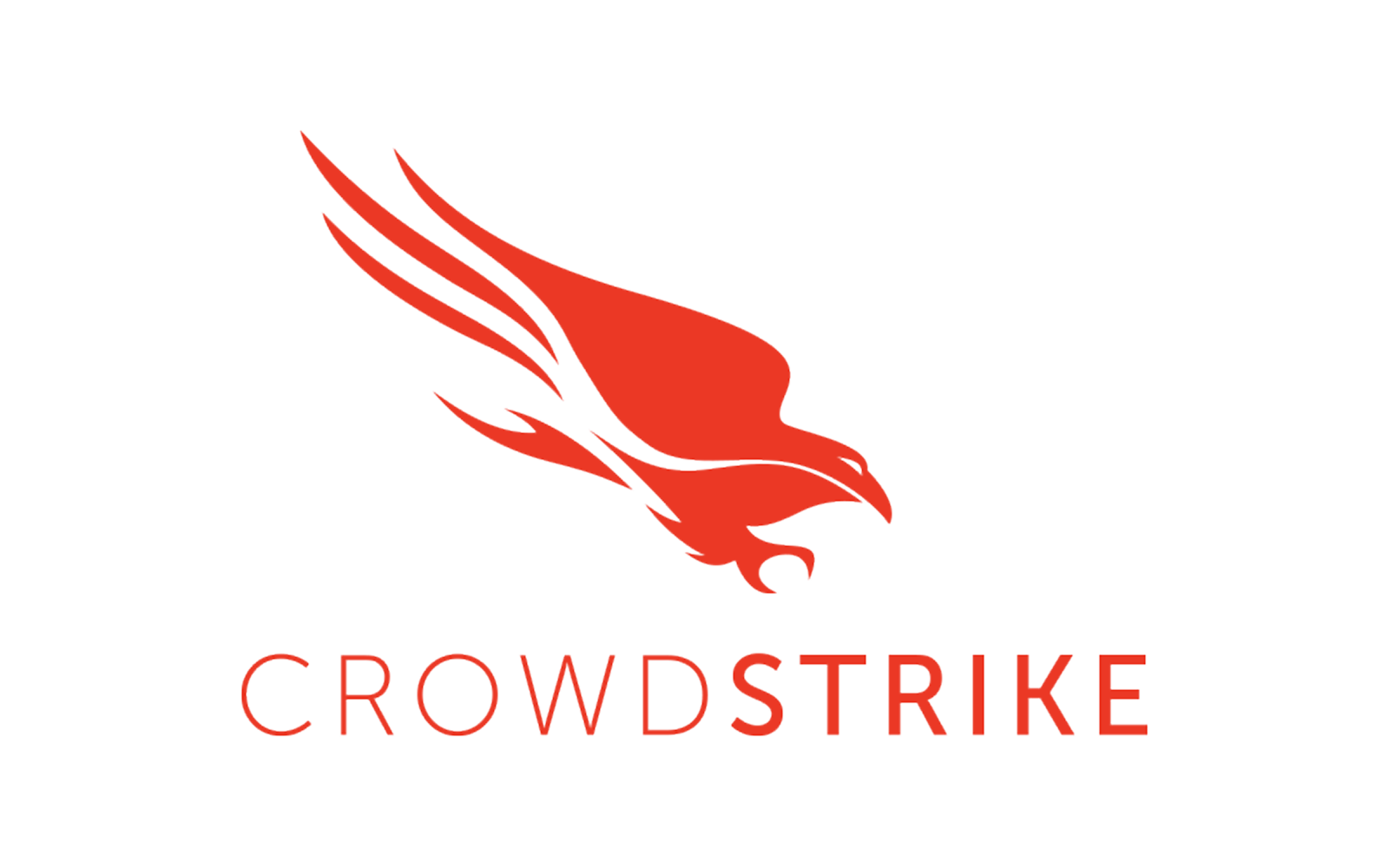
With Broadcom’s acquisition of VMware now fully in effect, the era of standalone vSphere is over. Moving forward, customers face a critical architectural decision: adopt VMware vSphere Foundation (VVF) or VMware Cloud Foundation (VCF). This is not a licensing nuance—it’s a defining moment for the future of your IT operations.
At first glance, VVF may seem like a logical continuation for those who’ve built their infrastructure on vSphere. It includes core components: vSphere, vSAN, NSX, and vCenter. But VVF stops there. It lacks what matters most in today’s IT landscape: automation, integrated lifecycle management, hybrid cloud readiness, and AI-driven optimization.
By contrast, VCF is a fully integrated, Software-Defined Data Center (SDDC) platform. It includes everything in VVF—plus SDDC Manager, VMware Aria Suite, VMware HCX, advanced security, compliance automation, and full hybrid cloud support. This is not just bundling—it’s strategic infrastructure architecture.
A Software-Defined Data Center abstracts and virtualizes all core infrastructure—compute, storage, networking, and security—and manages it through policy and automation. In an SDDC, provisioning a server, configuring a network segment, or patching a cluster isn’t a ticket—it’s a policy. VCF enables this by tightly integrating and automating all major VMware components.
The cost difference between VVF and VCF is negligible. The operational and strategic impact, however, is profound. VCF eliminates the overhead of managing disparate VMware components in isolation. With SDDC Manager, patching, upgrades, and policy enforcement are automated across the entire stack. This dramatically reduces risk, eliminates human error, and cuts administrative workload.
This automation is not theoretical. Enterprises that have adopted VCF report IT operational cost reductions of 30% to 50%. A global pharmaceutical company, for example, saved over $50 million by eliminating inefficiencies, reducing IT labor, and optimizing system provisioning, backup, and compliance enforcement—all through VCF.
Choosing VVF may appear fiscally conservative in the short term, but it is strategically short-sighted. VVF is designed for on-premises environments only. It offers no path to cloud. If, or when, a business needs to extend workloads to the cloud—due to growth, M&A, geopolitical data locality requirements, or disaster recovery—it will have to re-platform. That means retraining staff, restructuring operations, and paying a second time for a platform that should have been adopted in the first place.
Furthermore, VMware workloads are not peripheral. They are foundational. ERP systems, databases, critical line-of-business applications—they all run on this infrastructure. These applications are increasingly expected to behave like cloud-native workloads: scalable, resilient, portable. That expectation cannot be fulfilled with VVF.
In today’s competitive digital markets, flexibility isn’t optional. IT is a strategic function. Decisions made today about platforms will either enable or inhibit the next decade of innovation. VVF is a static decision. VCF is a dynamic one.
There is no neutral ground. Choosing VVF commits the organization to a path of higher long-term cost, greater operational complexity, and zero cloud mobility.
At GlassHouse Systems, we believe VCF is the only rational choice for enterprises that expect to remain relevant, efficient, and adaptable in a cloud-centric world. The price delta is minimal. The architectural difference is not.
Make the right choice—one that positions IT as a competitive asset, not a constraint. Choose VCF.








.png)


-1.png)

-1.png)


.png)